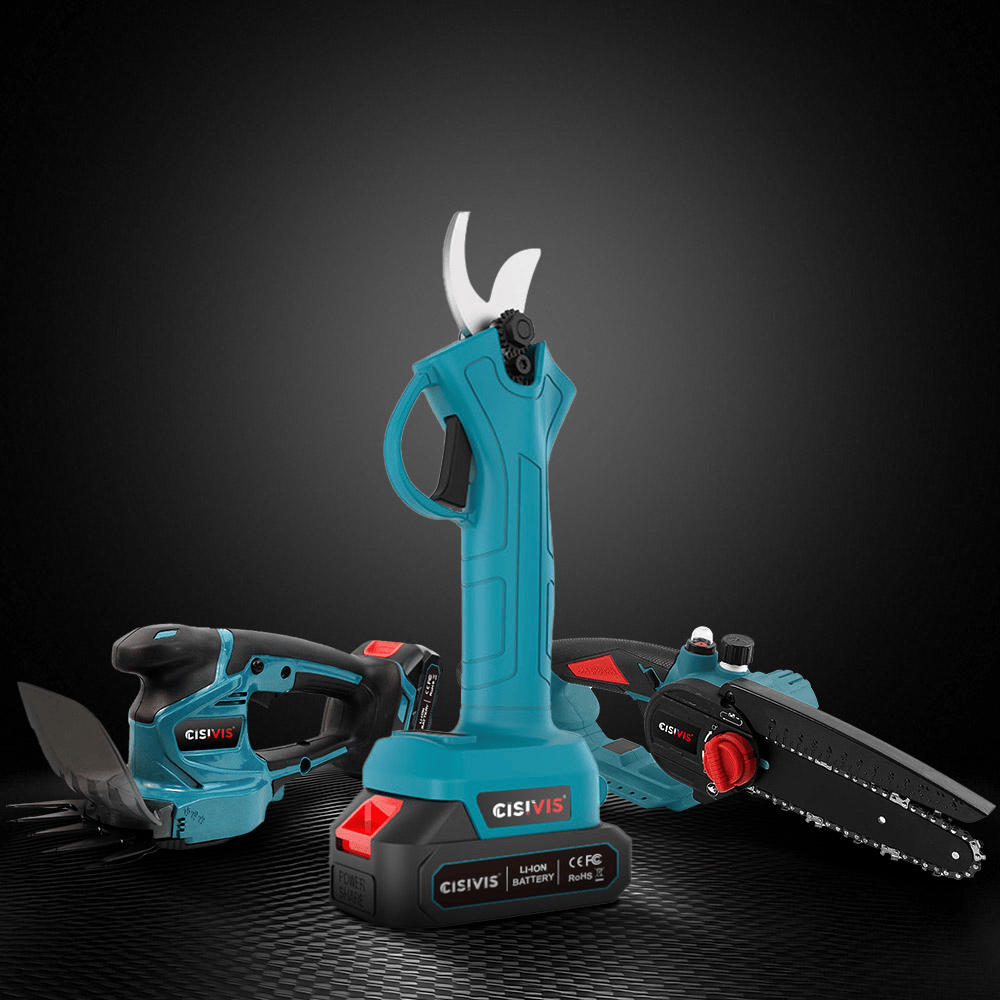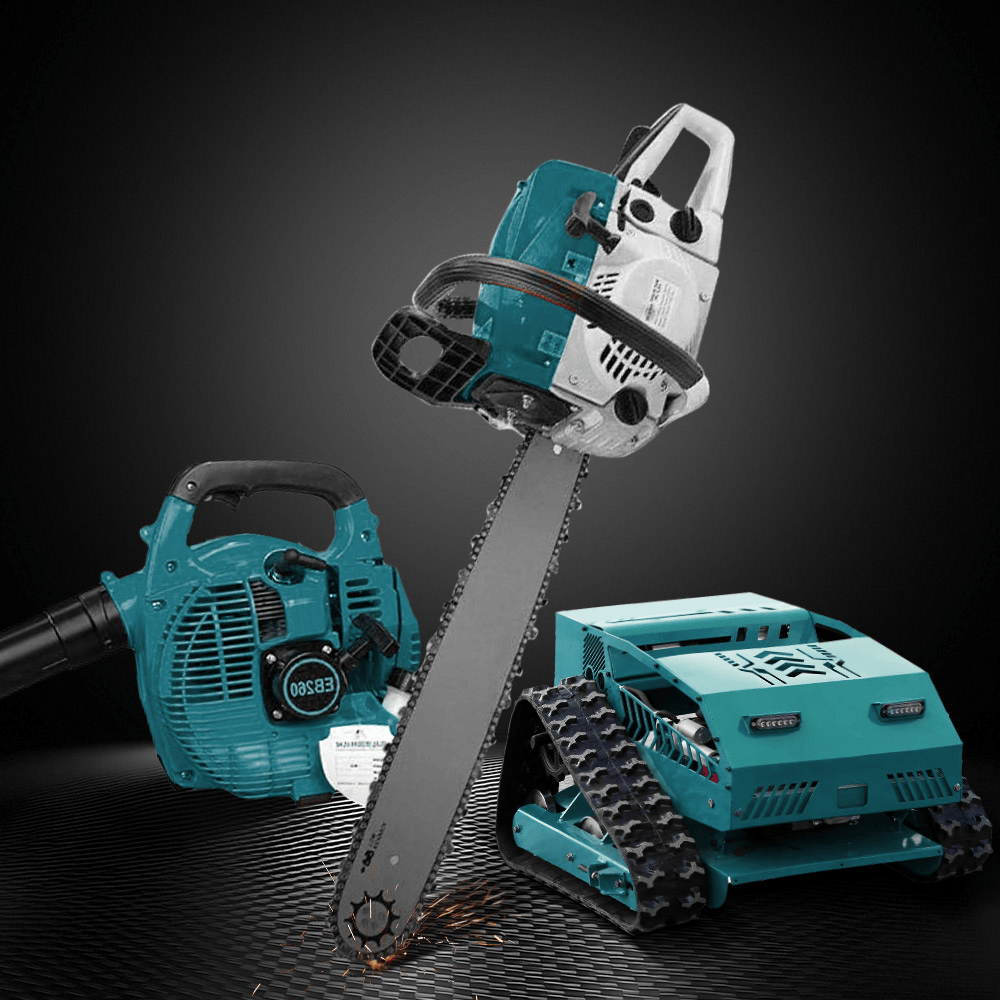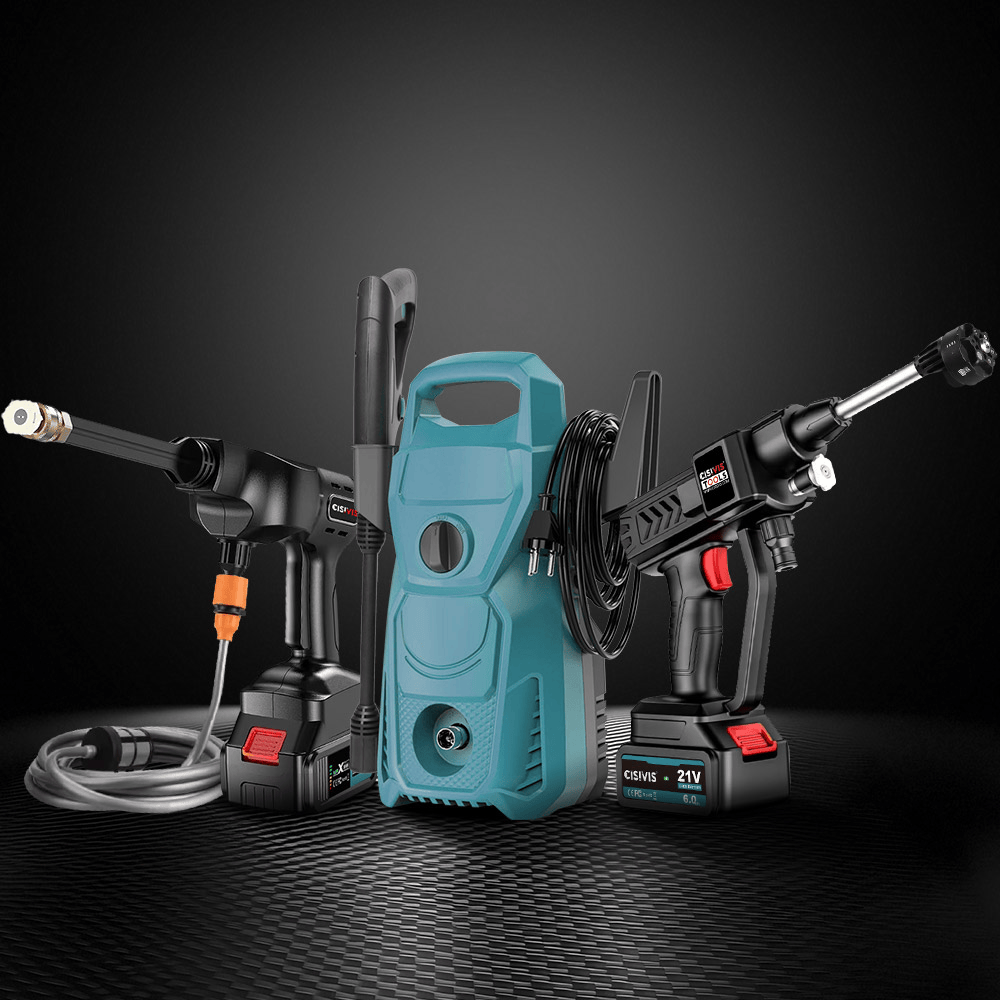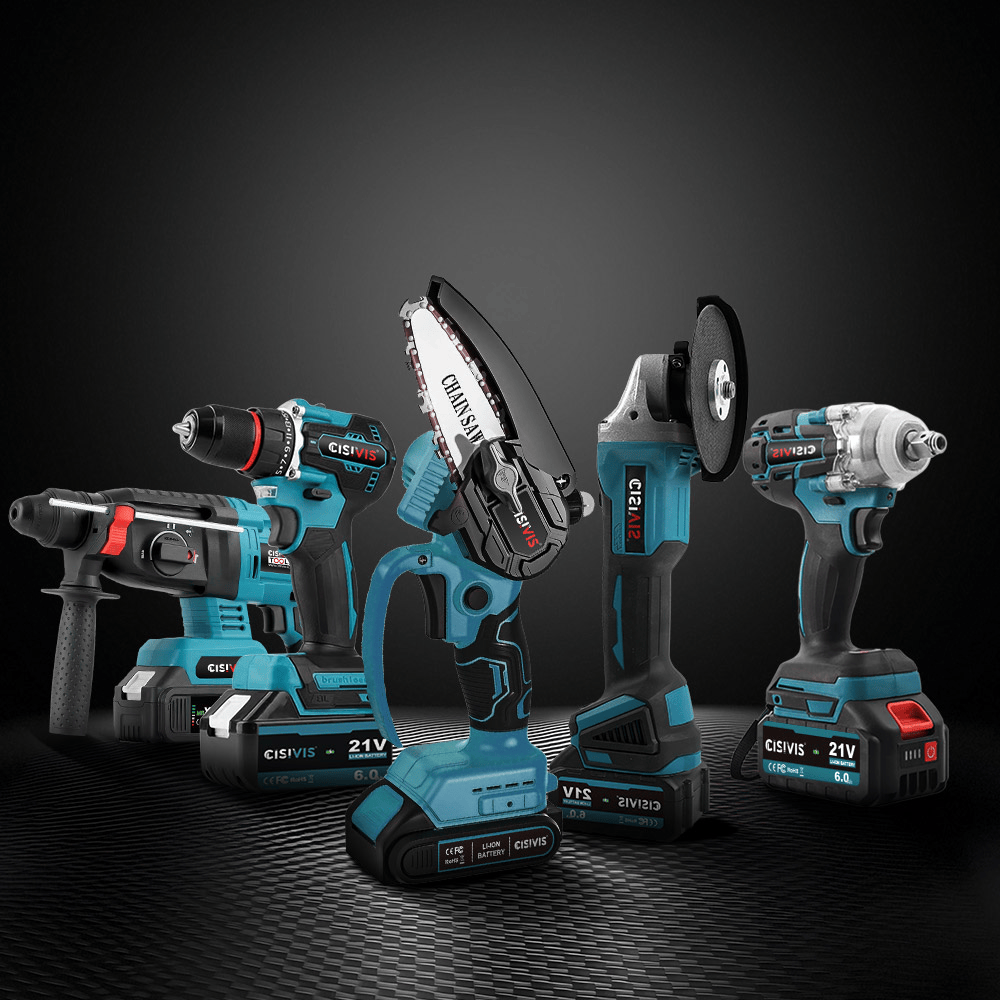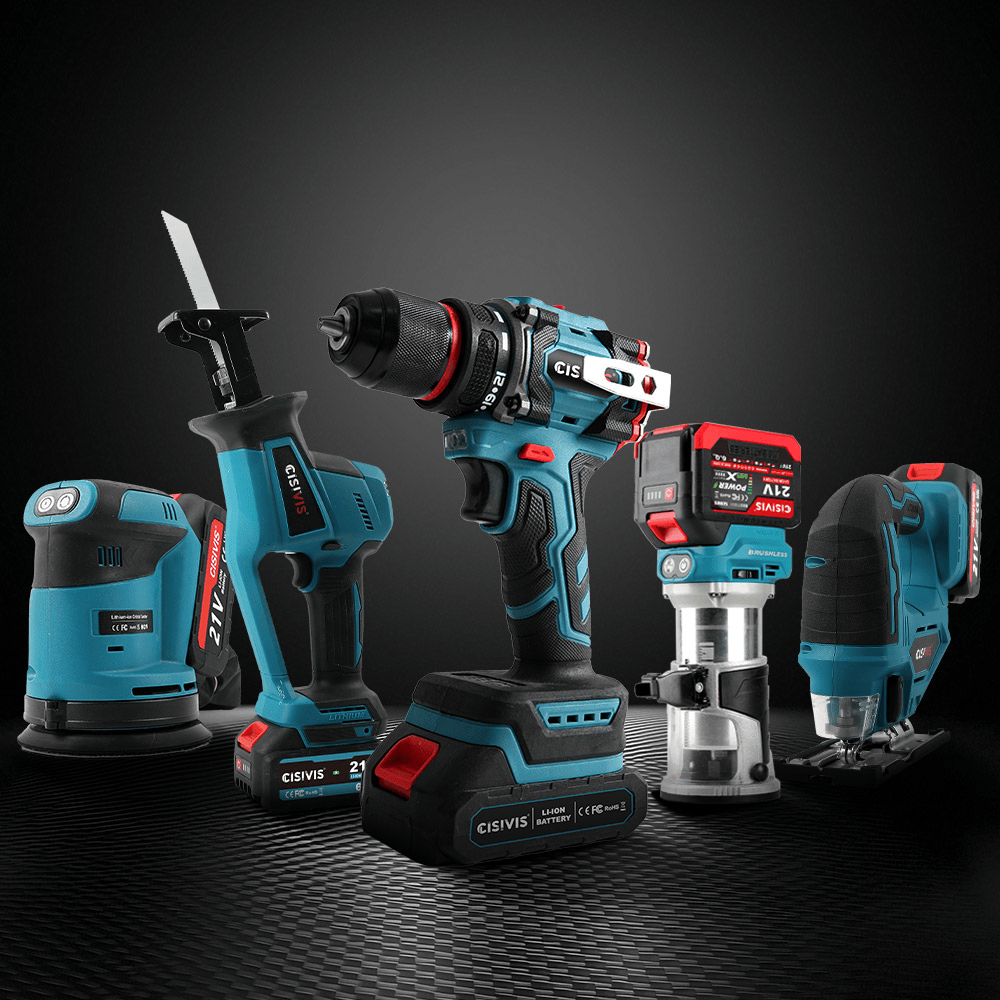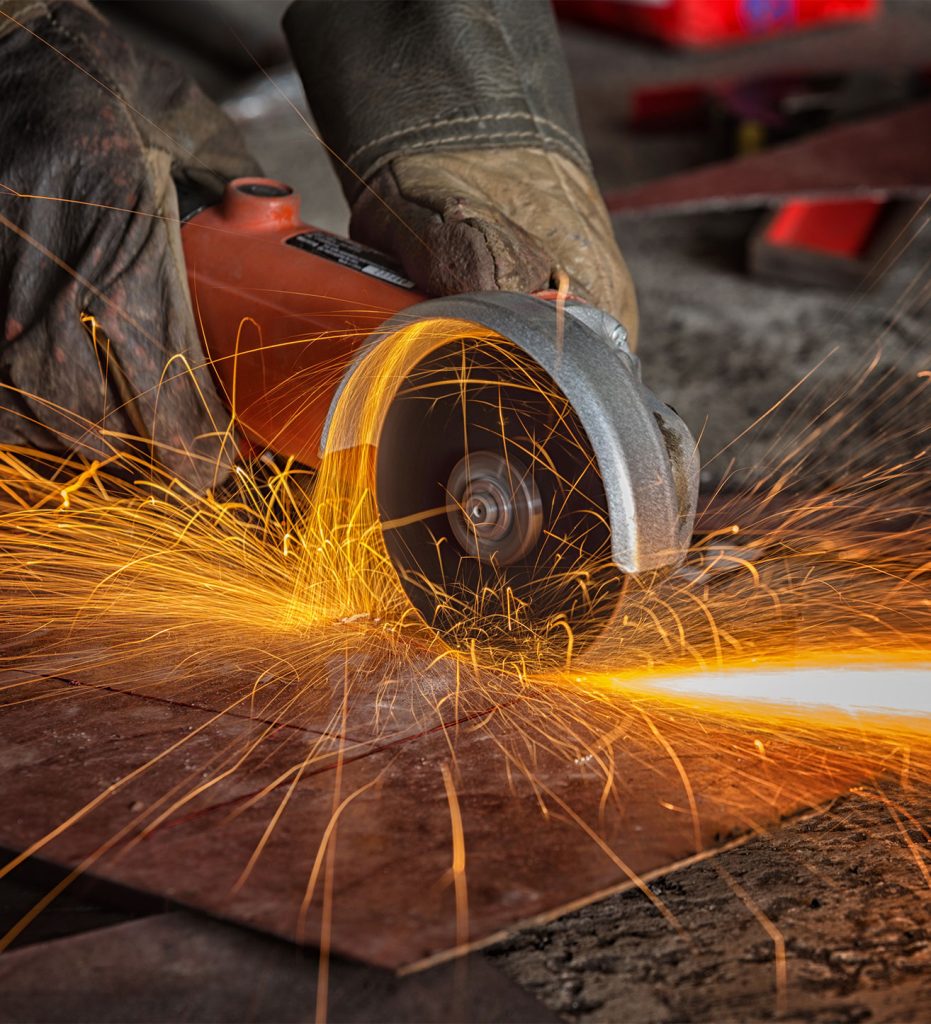- Cordless Drill
- Cordless Impact Drill
- Cordless Impact Wrench
- Cordless Ratchet Wrench
- Cordless Impact Driver
- Cordless Screwdriver
- Cordless Hammer Drill
- Cordless Angle Grinder
- Cordless Circular Saw
- Cordless JigSaw
- Reciprocating Saw
- Laser Level
- Cordless Polishers
- Cordless Pressure Washer
- Cordless Heat Gun
- Cordless Spray Gun
- Lithium Battery & Charger
- Power Tool Set
how tight should a chainsaw blade be
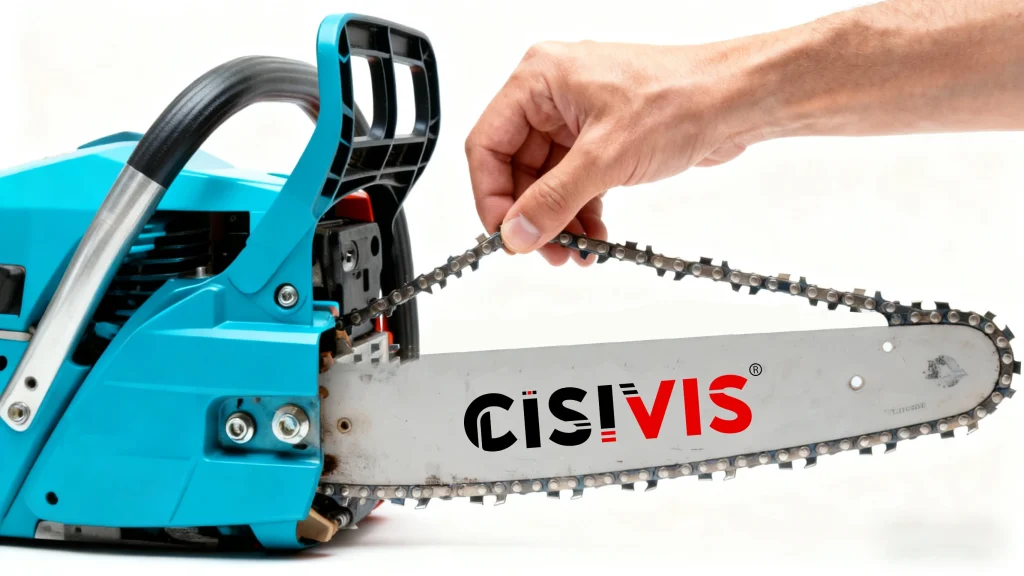
When it comes to keeping your chainsaw in top condition, few things are more important than proper chain tension. Whether you’re a professional logger or a weekend woodworker, understanding how tight your chainsaw blade should be will help you cut more efficiently, stay safe, and extend the life of your tool.
In this guide, we’ll explain everything you need to know about chainsaw tension — why it matters, how to check it, how to adjust it, and what the experts recommend.
🔧 Why Chain Tension Matters
The tension of your chainsaw blade directly affects how well it cuts and how safe it is to use.
If your chain is too loose, it can:
- Jump off the guide bar during operation
- Cause uneven or rough cuts
- Increase vibration and wear
- Pose a serious safety hazard
If the chain is too tight, it can:
- Put excessive stress on the motor and bearings
- Wear out the bar faster
- Reduce the saw’s power and efficiency
The ideal tension provides a snug fit that still allows smooth movement around the guide bar.
According to the Occupational Safety and Health Administration (OSHA), checking your chainsaw’s tension before each use is a key step in safe chainsaw operation (OSHA Chainsaw Safety Guide, 2024).
⚙️ Finding the Perfect Chain Tension
So how tight should a chainsaw blade be?
Here’s the simple rule of thumb:
Your chainsaw chain should be tight enough that it sits snugly against the bar but still moves freely when pulled by hand.
You can test this easily:
- Turn off the chainsaw and ensure it’s completely cool.
- Pull the chain away from the guide bar.
- It should lift slightly — about 1/8 inch (3 mm) — but the drive links should not come out of the bar groove.
- Release the chain.
- It should snap back into place with a crisp, tight motion.
If the chain sags below the bar, it’s too loose.
If it’s difficult to move or doesn’t snap back, it’s too tight.
The U.S. Forest Service also notes that chain tension should be set while the chain is cool, since a hot chain expands and may tighten too much once cooled (USDA Forest Service Chainsaw Safety Manual).
🧰 How to Adjust Your Chainsaw Blade Step-by-Step
Most modern chainsaws include a tension adjustment screw near the guide bar.
Here’s how to properly adjust your chain tension:
- Loosen the bar nuts slightly. This lets the guide bar move freely.
- Turn the tension screw clockwise to tighten, or counterclockwise to loosen the chain.
- Lift the bar tip slightly while tightening. This ensures the chain remains correctly tensioned during use.
- Perform the snap test again. The chain should move freely but not hang loose.
- Re-tighten the bar nuts firmly.
✅ Pro Tip: Chains tend to expand as they heat up. After the first few cuts, stop your saw, let it cool for a minute, and check the tension again.
🪚 Common Signs of Improper Chain Tension

Recognizing the warning signs can prevent damage or accidents.
Here’s what to watch out for:
| Symptom | Likely Issue | Fix |
|---|---|---|
| Chain sags or comes off bar | Too loose | Tighten the chain slightly |
| Chain is hard to pull or squeals | Too tight | Loosen a quarter turn |
| Chain smokes while cutting | Poor lubrication or overtightened | Check oil and tension |
| Uneven or rough cuts | Loose or dull chain | Adjust tension and sharpen |
| Excess vibration | Chain imbalance | Check bar alignment |
🧤 Essential Chainsaw Maintenance & Safety Tips
Keeping your chainsaw in great condition goes beyond just tightening the chain.
Here are a few maintenance habits that make a big difference:
- Inspect the chain before every use. Check for sharpness, tension, and oiling.
- Keep the chain sharp. A dull chain increases friction and stress.
- Lubricate the bar and chain regularly. Proper oiling prevents overheating and wear.
- Clean the guide bar groove. Sawdust buildup can affect chain movement.
- Store your chainsaw properly. Release a bit of tension before long-term storage to protect the bar.
The Centers for Disease Control and Prevention (CDC) advises that chain tension should be “checked and adjusted regularly to maintain proper cutting action and prevent the chain from coming off the blade.” (CDC Chainsaw Safety Guidelines)
🌲 Expert Advice: Don’t Overtighten
It’s tempting to tighten your chain until it feels solid, but overtightening can cause more harm than good.
A chain that’s too tight can:
- Reduce motor power
- Cause premature bar and bearing wear
- Make the saw harder to handle
Think of your chain like a bicycle chain — it should move smoothly, not fight against the bar.
If you’re unsure, err slightly on the tighter side and recheck after a few cuts once the chain warms up.
🔍 Final Thoughts
Knowing how tight a chainsaw blade should be is essential for every operator — from beginners to professionals. The correct chain tension ensures smoother cuts, reduces wear, and most importantly, keeps you safe.
Take a minute to check your chain before each session. It’s a small habit that saves you from big problems later.

WHY YOU CAN TRUST CISIVIS
CISIVIS has over 6 years of experience in power tool R&D, delivering high-quality solutions worldwide. Our 3,000 m² factory, equipped with advanced machinery and strict quality control, ensures precision, efficiency, and a daily output of over 10,000 units for reliable bulk order fulfillment.
Our product portfolio includes a full range of power tools, including cordless drills, impact drills, impact wrenches, angle grinders, circular saws, jigsaws, chainsaws, lawn mowers, car washers, laser levels, cordless trimmers, polishers, paint sprayers, heat guns, and more. We also offer OEM/ODM services to meet diverse market needs.



